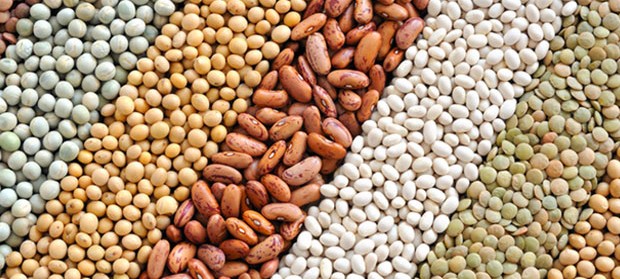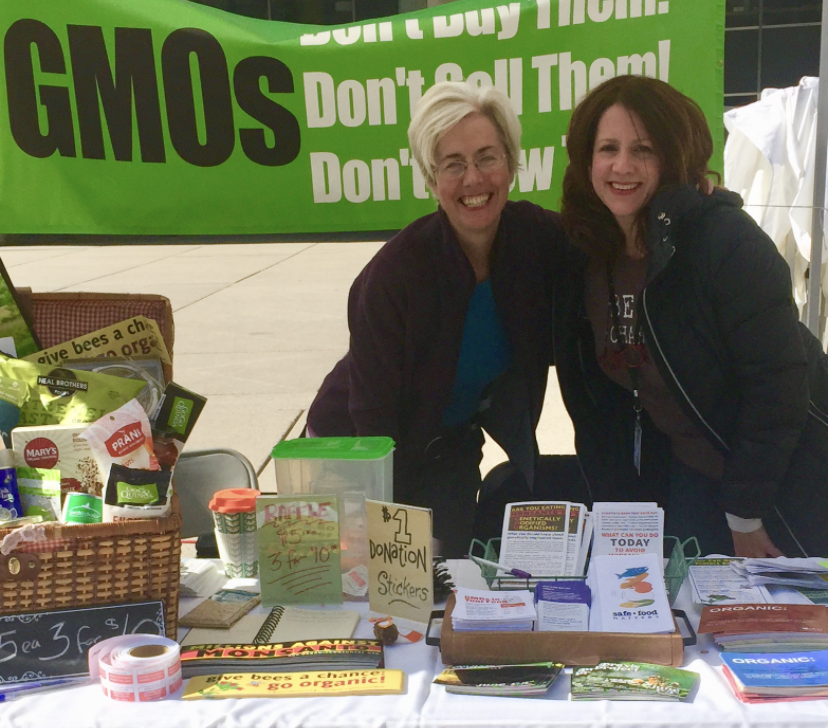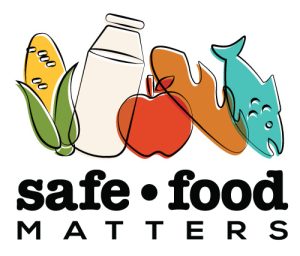Objecting to Glyphosate Desiccation
Glyphosate is being sprayed on crops to kill them for harvest, and the poison gets right into the still-growing seeds and beans: the food we eat. High and illegal levels in “healthy” foods like chickpeas result from this “desiccation” technique.
Health Canada just renewed the registration for glyphosate for another 15 years, and only tweaked the labels for spraying. It didn’t examine the effects of desiccation, and the tweaks won’t change desiccation exposure. Labels won’t work, aren’t followed, can’t be enforced, and Health Canada’s own law even admits it.
These points were made in a Notice of Objection (“NOO”) filed with Health …Read More
Glyphosate in our Food II: Highest Levels in Legumes & Cereals because of Farming “Dry-Down”
For those concerned about pesticides in our foods, the link between harvesting practices and staggering high levels of glyphosate in common “healthy” cereals and legumes may come as a shock. Glyphosate, the active chemical in Roundup® and other pesticides, is considered to be “probably carcinogenic to humans”[i], a cause of non-hodgkins lymphoma, toxic to aquatic life,[ii] and a cause of milkweed decline.[iii]
High levels of glyphosate are present in many common foods, but so high in cereals and legumes that Canada’sf or importing countries’ legal limits are exceeded, as revealed by data from the Canadian Food Inspection Agency (CFIA) and other …Read More
GLYPHOSATE IN OUR FOOD
There is glyphosate in our food, including infant cereal. Glyphosate is the most widely used herbicide in the world.
Tony Mitra, a retired engineer living in Vancouver, asked the CFIA for test data on glyphosate, and they provided it this year. The CFIA (Canadian Food Inspection Agency) has been testing the food in Canada for only about 2 years.
Mr. Mitra has found (so far):
Infant cereals are contaminated, except for Nature’s Path Organic and imports from Germany, Poland and Switzerland.
Wheat and its products are contaminated. Bran is extremely high on a relative basis. Organic is better in all wheat cases.
…Read More
The Pickle of Labelling GM Salmon and Foods, and How to Avoid It
Health Canada in May, 2016 approved a genetically modified animal (salmon) for human consumption. This food is the first of its kind in the world. A federal committee that looked at the issue has provided its report, which effectively includes a recommendation to not label GM foods.
The Standing Committee on Agriculture and Ari-Food stated it supports mandatory labelling “only when a risk to health has been established …”, and that “no risks to health have been identified for GM foods approved in Canada”. (7,8)
But of course no health risks can be identified, because GM ingredients can’t be traced. Why not? …Read More
SynBio, Gene Editing and Other New Stuff: Same Concerns, Supersized.
New words like “synthetic biology”, “GMOs 2.0”, “CRISPR”, and “new biology” are being heard. And new compounds are in our fragrances, flavourings, cosmetics and foods.
The new words are for new techniques of genetic engineering. What are the techniques and their products, and should we be concerned?
New Techniques
The old techniques of genetic engineering (GMOs 1.0) dealt with organisms, and inserted genes by either blasting them into an organism or transferring them via a virus. This was not very precise.
1. Gene Editing. A new technique is called “gene editing”. It is more on target. It can cut the genetic code of organisms …Read More
A BEEF ON LABELING: IRRADIATED MEAT GETS A LABEL; BUT GM FOODS DO NOT
Health Canada is going to allow the beef industry to irradiate beef: to blast it with radiation. But it insists that such beef be clearly labeled so that “consumers wishing to purchase irradiated ground beef would easily be able to identify it on store shelves.” [i]
However there is no requirement to label genetically modified foods. It is hard to understand why there is a requirement to label one but not the other, because they are similar in many respects. Here are the similarities:
Both Are Processes at the Molecular Level
Irradiation is a process, according to the Technical Summary[ii], that is applied …Read More
Past Events
Farm to Fork On Common Ground
September 24-25, 2016
Presented by Toronto Non-GMO Coalition/Safe Food Matters and Historic Fort York.
Farm to Fork On Common Ground celebrated the harvest season and national Organic Week with a festival of safe and healthy food, music, arts, and community. Featuring an Ontario organic farmers’ market, organic beer and wine, dozens of Non-GMO and organic food vendors, well-researched speakers, soulful music, Indigenous artists and elders, food workshops, environmental defenders, and of course food safety and seed freedom educators.
Celebrate Farm to Fork ~ Toronto GMO-Free Festival
May 20, 2017
Presented by the Toronto Non-GMO Coalition/Safe Food Matters and the David …Read More
TO THE SALMON CONSUMER: I’M NOT BUYING IT.
Salmon that has been genetically modified to grow faster has been approved. Health Canada states “in every other way, the AquaAdvantage salmon is identical to other farmed salmon”. Not true. For one thing, it has higher levels of the growth hormone IGF-1[i] [ii], which is tied to several common cancers, including prostate, breast, colorectum, and lung[iii]. For another, some of the GM salmon show a statistically significant increase (1.5 fold) in allergen content. Lastly, the eggs are pressure shocked to produce an abnormality so that they aren’t fertile.
I’m not eating that fish. Would you eat that fish?
And these three points …Read More





